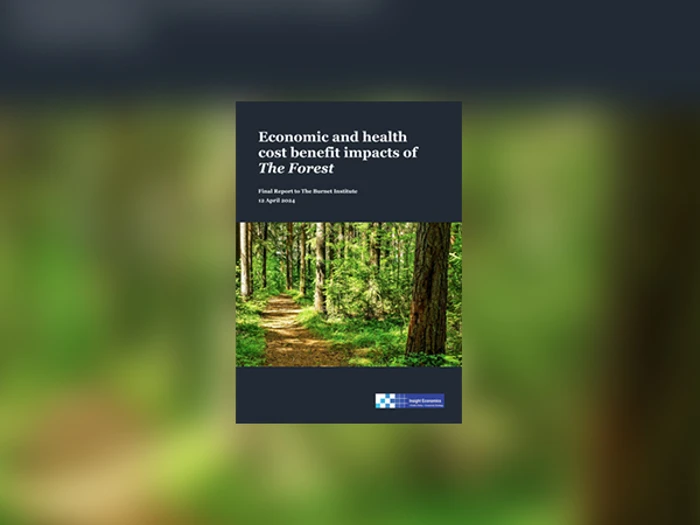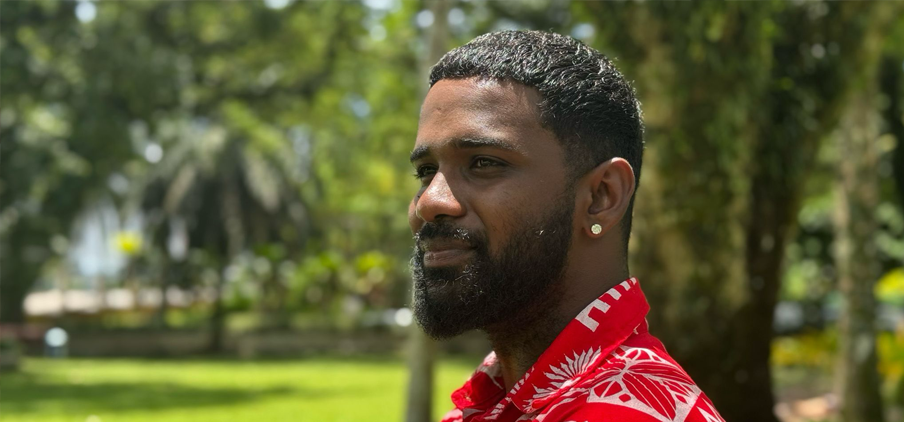
Economic and health cost benefit impacts of The Forest
This report outlines Insight Economics' study exploring the need for The Forest. It looks at the potential economic and social benefits of implementing the model, including how these change across different options.
The report quantifies:
- the cost of establishing and running The Forest both in a trial and a
- longer term, scaled up implementation
- the avoided costs for government that may be derived from investment.
Download report
-
Economic and health cost benefit impacts
This report outlines Insight Economics' study exploring the need for The Forest. It looks at the potential economic and social benefits of implementing the model, including how these change across different options.
Economic and health cost benefit impacts of The Forest final report [PDF 3.0 MB]
Document summary
Against a backdrop of increasing prison expenditure, rising debt and rates of reincarceration, the Victorian Government has recognised the need for a new approach to reduce the risk of reincarceration.
Even among people in lower risk circumstances, who have access to housing and semi-stable employment, the risk of reincarceration can remain high. It is not enough to address basic survival needs; more must be done to address the complex intersection of unmet health, economic and social support needs that require an approach which ‘meets people where they are at’. This is at the heart of Victoria’s mental health and justice reform agendas.
Burnet’s detailed co-design approach of The Forest saw the development of a program that had key features aligned to the critical elements of success identified in the literature. The Forest is designed to deliver access to housing, health, education, and employment services, and to build social connection by strengthening community relationships in order to enhance community safety, promote community wellbeing, and end the harms of repeated incarceration.
Funding The Forest Community Trial represents a low risk, ‘no regrets’ investment for the Victorian government. Peer support models have been shown to be effective in reducing reincarceration risk, and the trial represents a critical investment in developing this capability. Moreover, because any future program can be funded in a phased way, it is also a low-risk investment for government. The potential to phase investment through time will allow for the implementation and scale-up of the program to be optimised as value is demonstrated through time.
The Community Trial would be expected to deliver avoided costs in the order of $303 million, with a benefit-cost ratio to the Victorian government of 3.3. A scaled up, 10 year implementation of the program would be expected to deliver avoided costs in the order of $2.3 billion, with a benefit-cost ratio of 3.2.
The Victorian Government would be expected to realise important improvements in health and wellbeing, social connectedness, social inclusion and labour force participation, including:
- an additional 800 Victorians reporting good to excellent health (health and wellbeing)
- an additional 1,300 Victorians enjoying more stable housing (health and wellbeing)
- an additional 360 people reporting improved social support networks (social connectedness)
- an additional 1,300 Victorians feeling like they are playing a useful part in things (social inclusion)
- an additional 450 people participating in the labour force each year.



